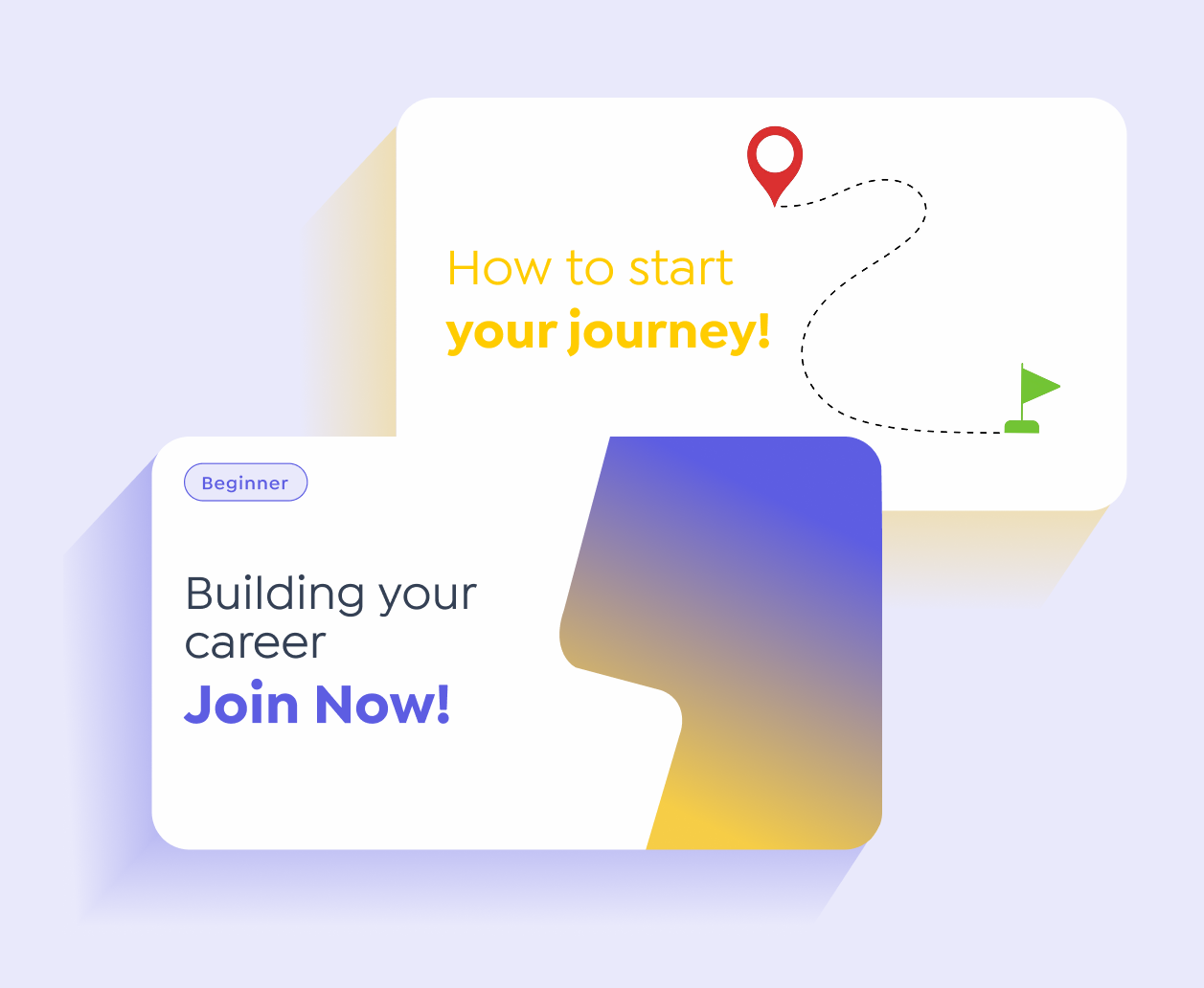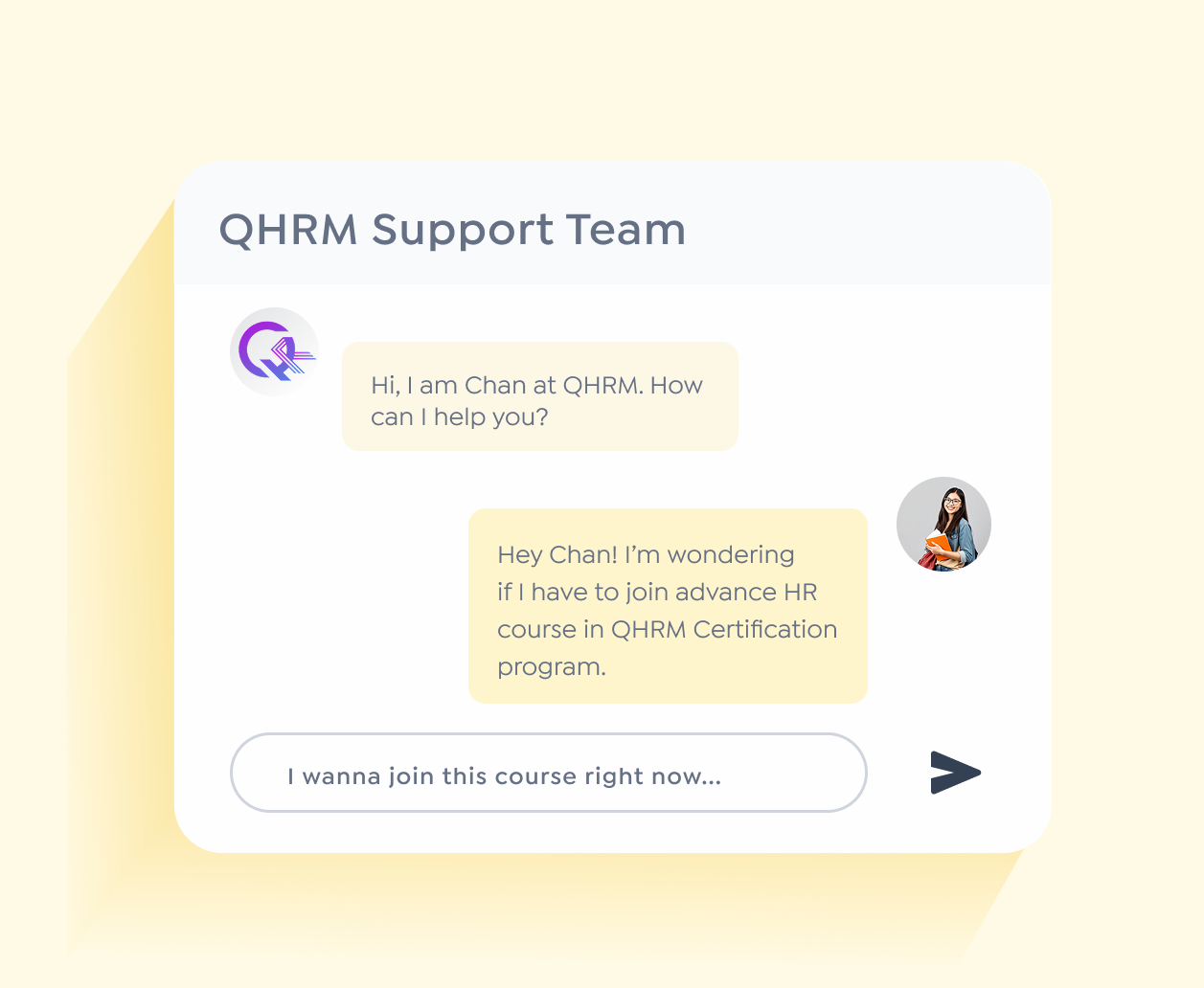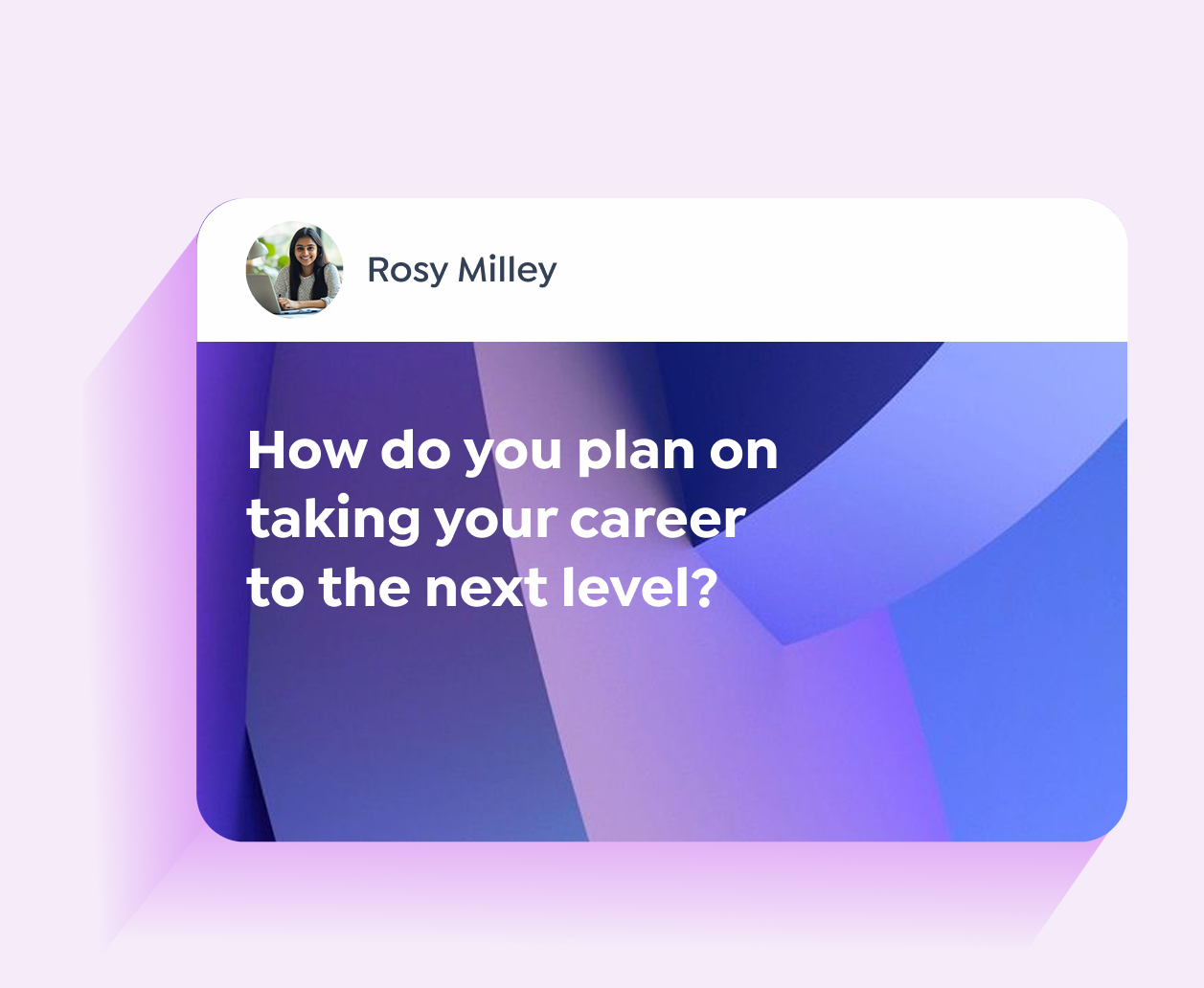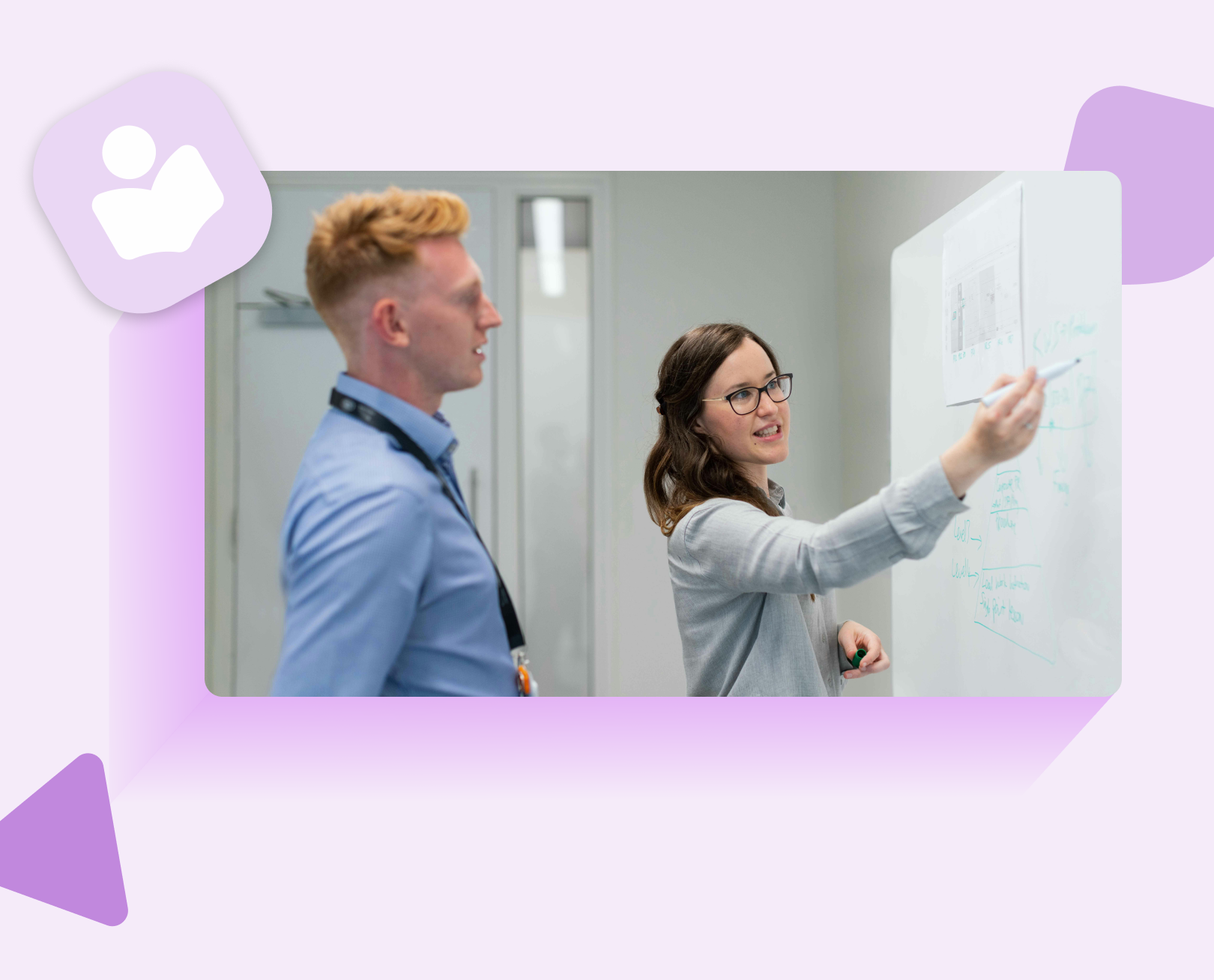GET THE BEST
PRACTICAL
HR TRAINING
IN MYANMAR
Get certified with QHRM Certification – Myanmar’s best practical HR training.
Apply For Scholarship
Certified in People & Culture Management – STARTER (CPCM-S)
10 Lakh (Pay in installment)For 0–2 years of HR experience
Certified in People & Culture Management – BUILDER (CPCM-B)
15 Lakh (Pay in installment)For 2–5 years of HR experience
Certified in People & Culture Management – ARCHITECT (CPCM-A)
20 Lakh (Pay in installment)For 5+ years of HR experience
Introduction
The QHRM Certification Program is Myanmar’s leading HR certification, designed for professionals who want to enhance their strategic HR knowledge, practical skills, and career prospects. Our program is tailored to meet the evolving needs of HR professionals at different career stages—covering employee lifecycle management, HR technology, compliance, and leadership strategies.
With a structured learning path, top industry mentors, and real-world application, QHRM Certification ensures you gain the expertise required to excel in modern HR roles.
Who is this for?
HR professionals at all levels—Beginners, Mid-Level, and Senior HR Leaders
Business owners and entrepreneurs managing HR operations
Aspiring HR professionals looking to enter the industry
QHRM Certification Benefits:
Comprehensive & Industry-Focused Learning
Our curriculum is designed to bridge the gap between theory and real-world HR challenges.
Master HR through live case studies, hands-on tool usage, and expert-led strategy sessions.
Get resume support, job referrals to QHRM clients, and full access to the HireMe agency.
Practice inside a real HR system with guided tutorials—learn what top companies use every day.
Gain real experience through internships with QHRM clients and partner organizations.
Build connections via HR roundtables, leadership events, and peer learning forums.
Get discounted VIP passes and priority invites to Myanmar’s largest HR gathering.
Learn directly from senior HR professionals solving real-world HR challenges.
Download 3000+ HR templates, policies, and workflows for instant practical use.
Receive career mapping, executive coaching, and growth strategies.
Unlock your digital certificate, resume badge, and alumni community access forever.
Advisory Board
The QHRM Certification Advisory Board consists of Renowned HR leaders, business strategists, and industry experts who ensure that the curriculum remains cutting-edge, relevant, and aligned with global HR trends.
Our advisory board plays a crucial role in shaping the future of HR education in Myanmar by providing expert insights, leadership, and industry best practices.
View Advisory Board
Advisory Board
The QHRM Certification Advisory Board consists of Renowned HR leaders, business strategists, and industry experts who ensure that the curriculum remains cutting-edge, relevant, and aligned with global HR trends.
Our advisory board plays a crucial role in shaping the future of HR education in Myanmar by providing expert insights, leadership, and industry best practices.
Mentors & Trainers
At QHRM Certification, we take pride in our exceptional panel of mentors and trainers, who bring years of HR expertise, leadership experience, and industry knowledge.
CXOs & HR Directors from leading corporations, Talent Acquisition & HR Tech Experts guiding modern HR transformations, Employee Relations & Compliance Specialists, ensuring legal and ethical best practices
Our trainers go beyond teaching—they mentor, guide, and help participants implement HR best practices in real-life scenarios.
View Trainers/MentrosMentors & Trainers
At QHRM Certification, we take pride in our exceptional panel of mentors and trainers, who bring years of HR expertise, leadership experience, and industry knowledge.
CXOs & HR Directors from leading corporations
Talent Acquisition & HR Tech Experts guiding modern HR transformations
Employee Relations & Compliance Specialists ensuring legal and ethical best practices
Our trainers go beyond teaching—they mentor, guide, and help participants implement HR best practices in real-life scenarios.
Key Modules
The QHRM Certification Program is structured into three levels to cater to HR professionals at different career stages:

Certified in People & Culture Management – STARTER (CPCM-S)
Introduction to HR & Employee Lifecycle Management
Talent Acquisition & Recruitment
Employee Data Management & Compliance
Performance Management
Payroll & Compensation Management
Training & Development
Employee Engagement & Workplace Culture
HR Technology & QHRM System Usage
HR Operations & Compliance Audits

Certified in People & Culture Management – BUILDER (CPCM-B)
Advanced HR Strategy & Business Alignment
Talent Acquisition & Employer Branding
Employee Experience & Retention Strategies
Compensation & Benefits Management
Learning & Development (L&D) Strategies
HR Technology & QHRM System Implementation
Performance Management & Career Development
Employee Relations & Compliance
Future Trends & HR Innovation

Certified in People & Culture Management – ARCHITECT (CPCM-A)
Strategic HR Leadership & Business Transformation
Workforce Planning & Organizational Development
Executive Talent Acquisition & Leadership Development
Advanced Compensation & Benefits Strategy
Crisis Management & Resilient HR Strategies
Future of Learning & Leadership Development
Digital HR & Technology-Driven HR Transformation
Performance Management & HR Analytics
Global HR Strategy & Cross-Cultural HR Leadership


